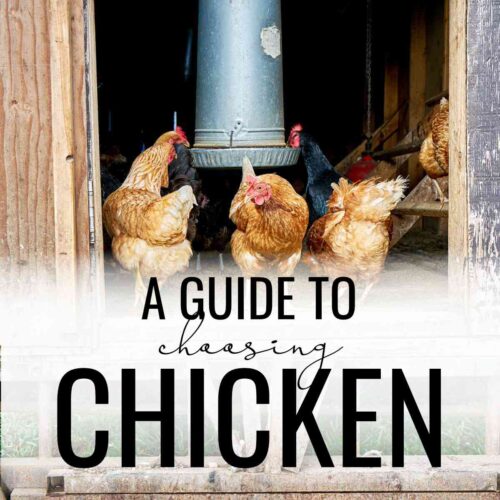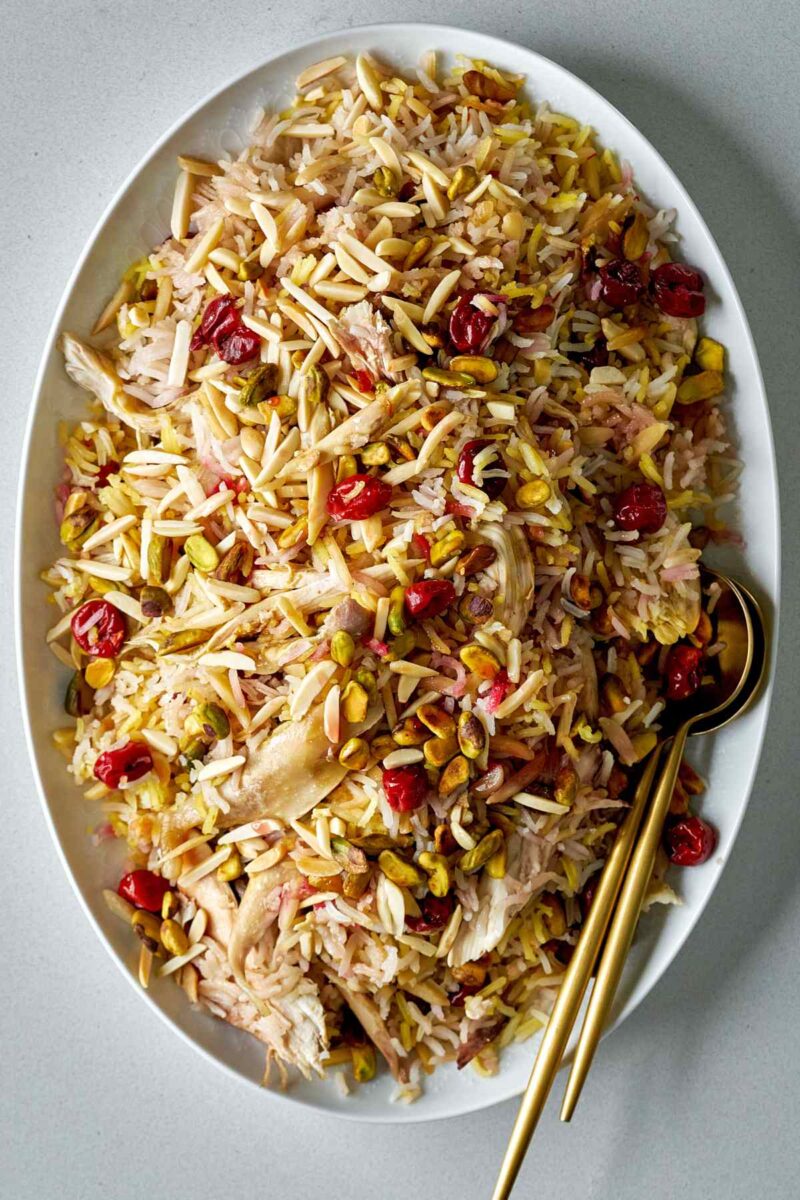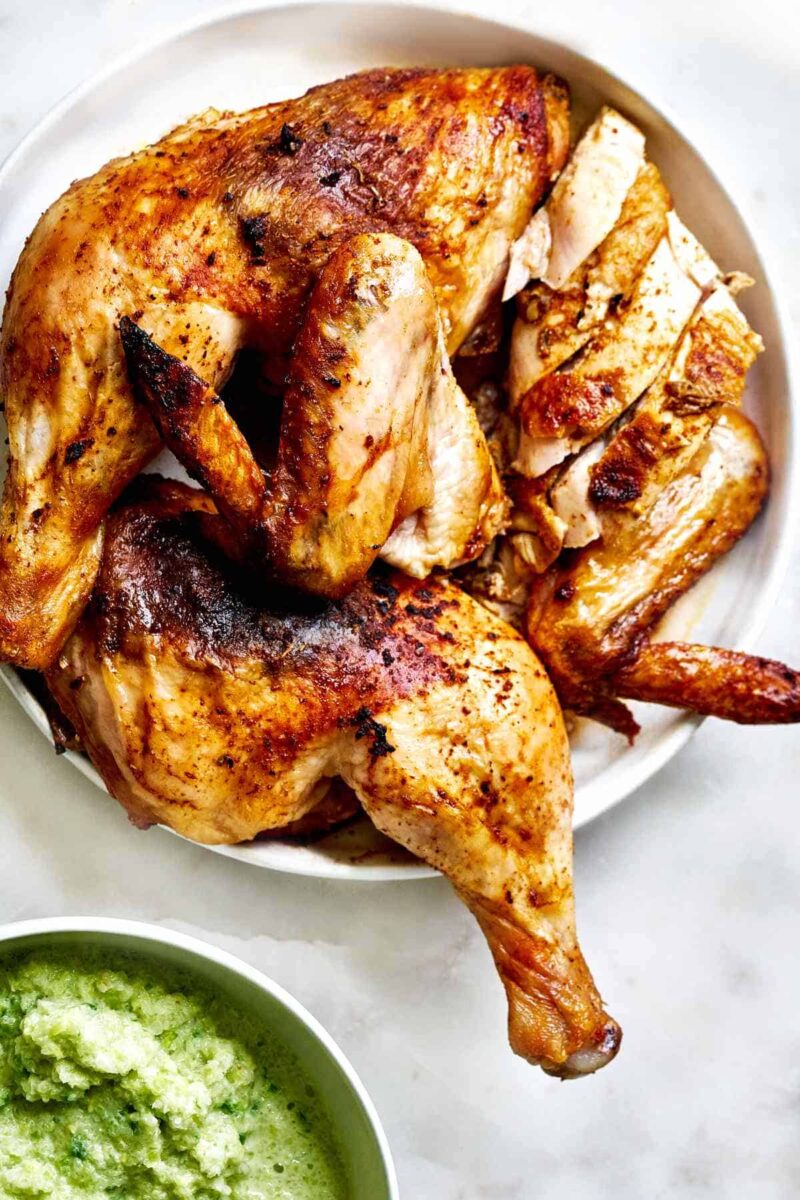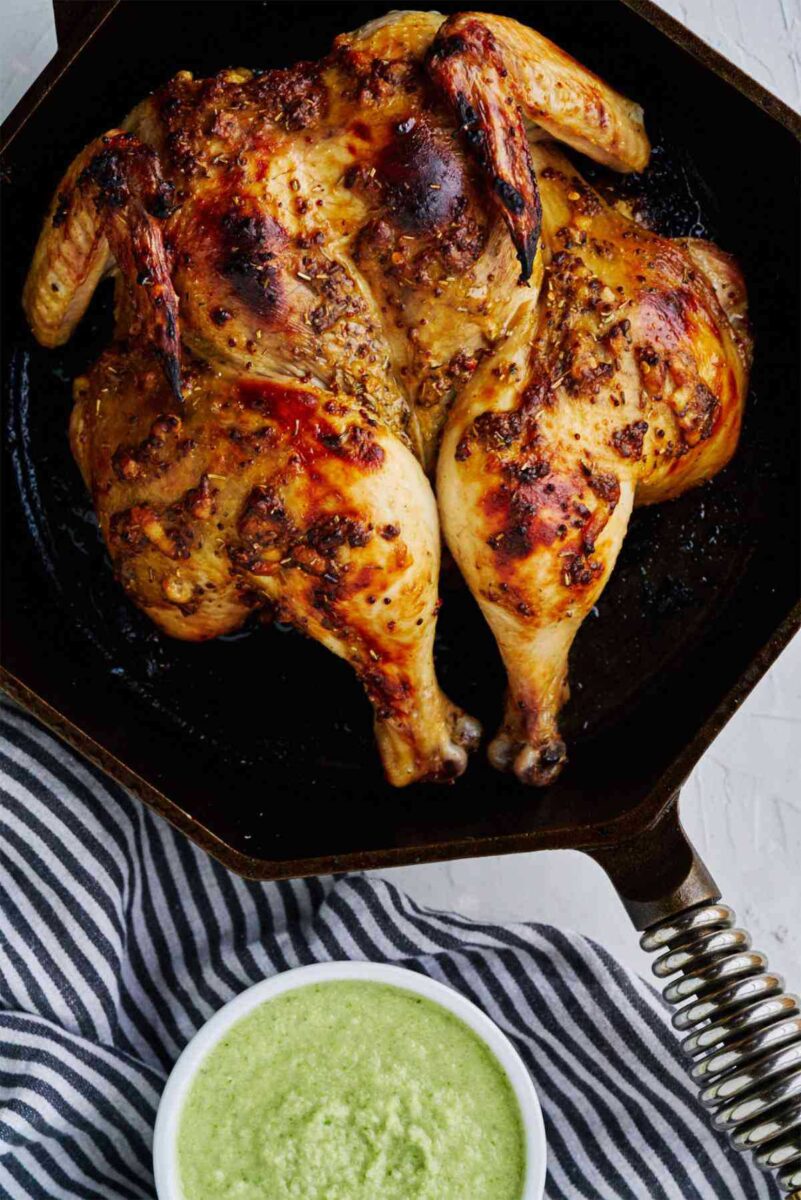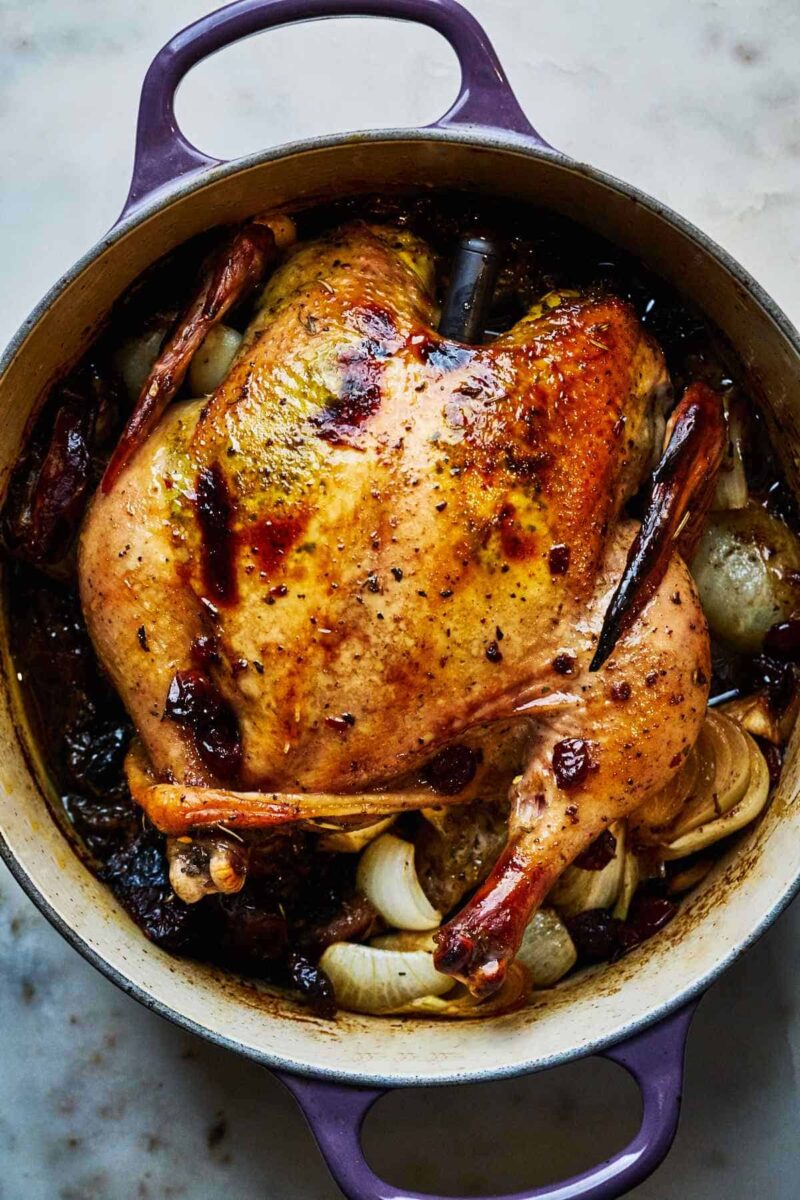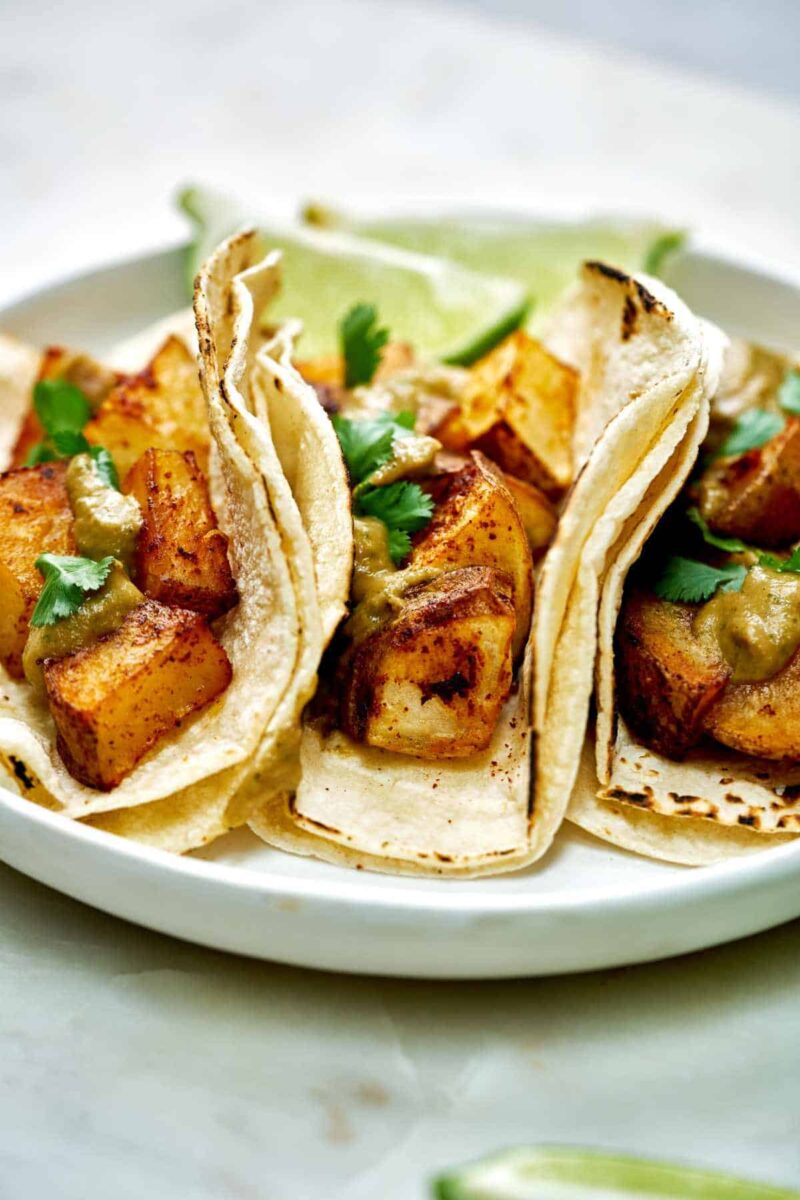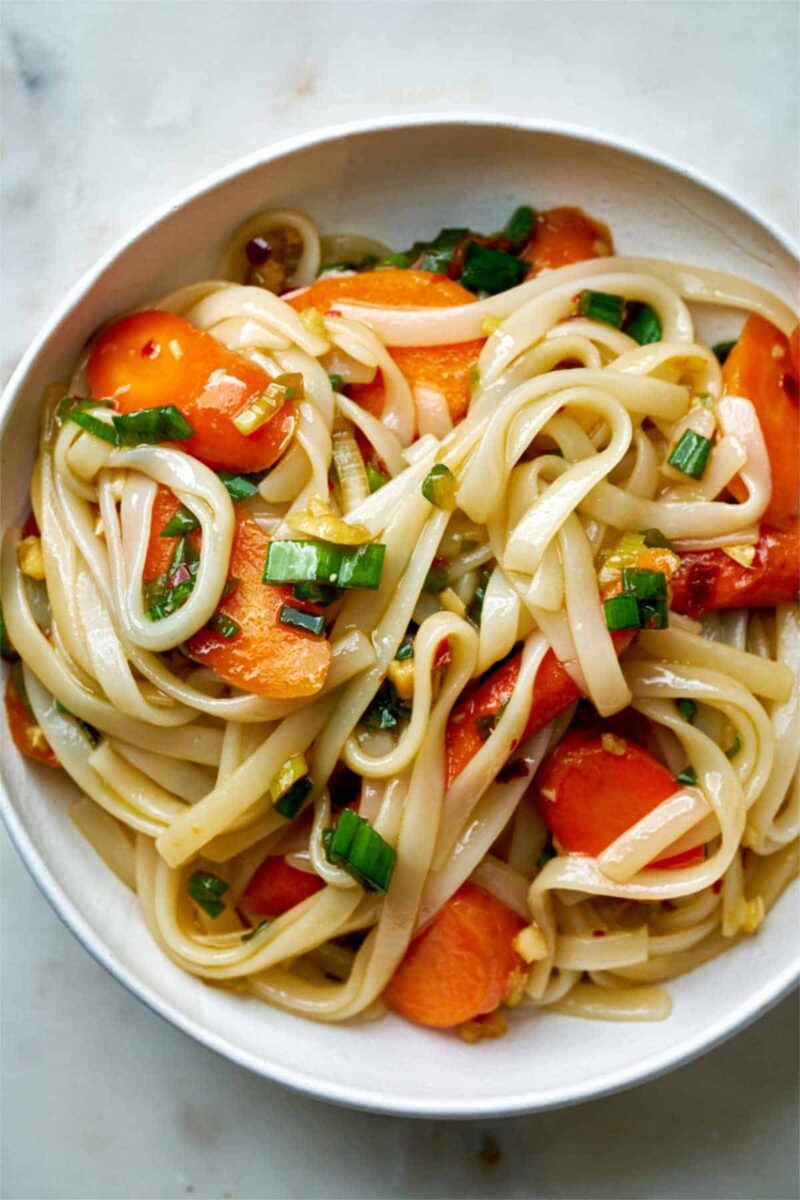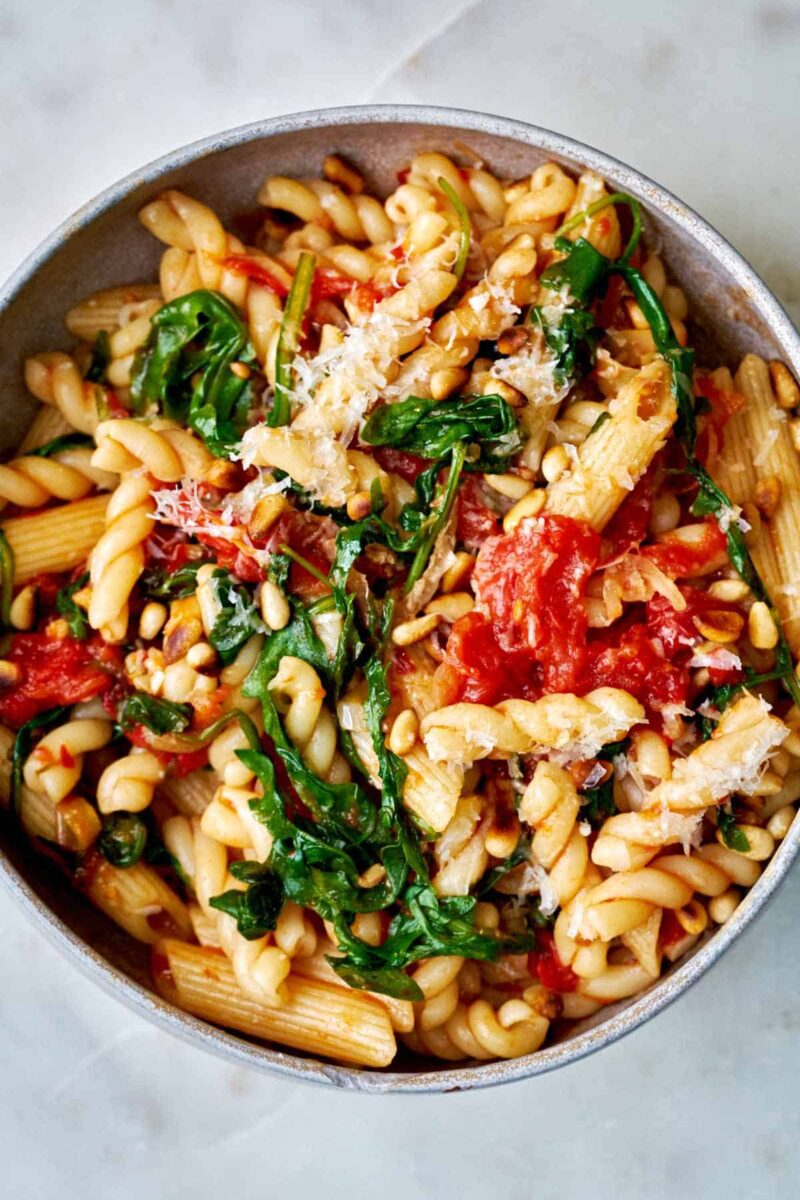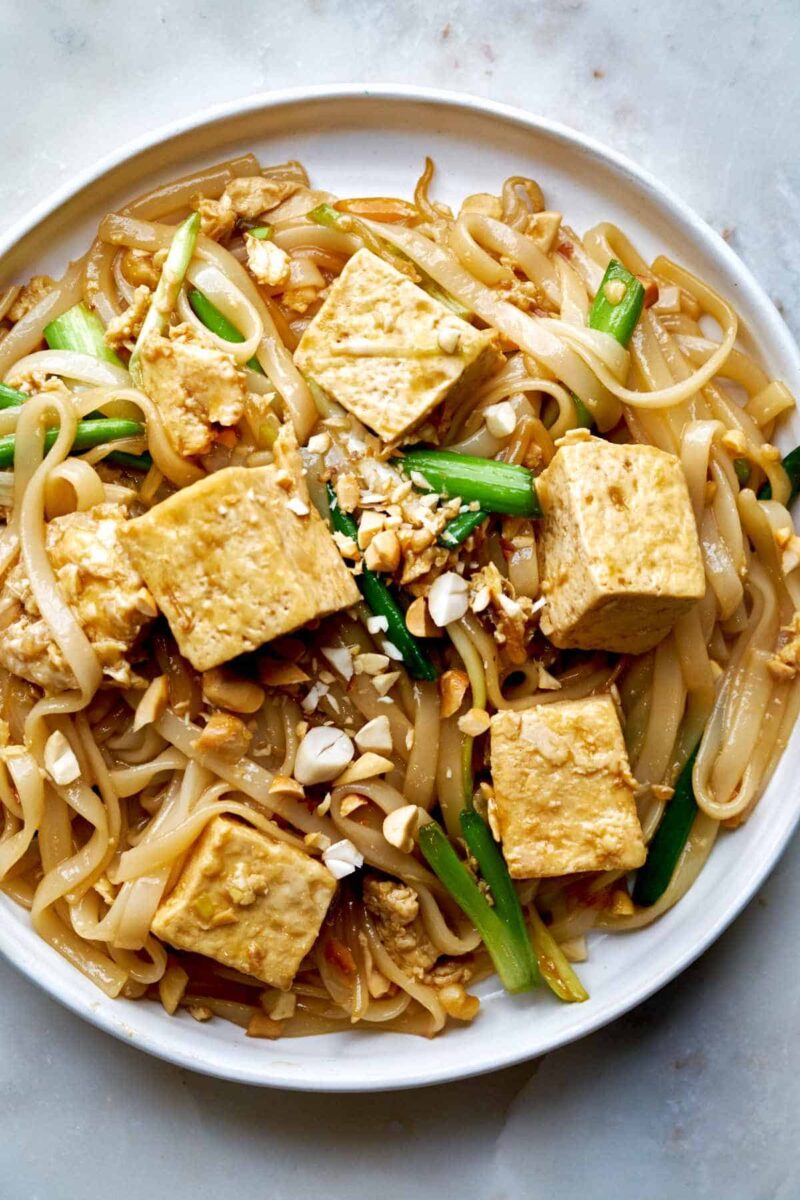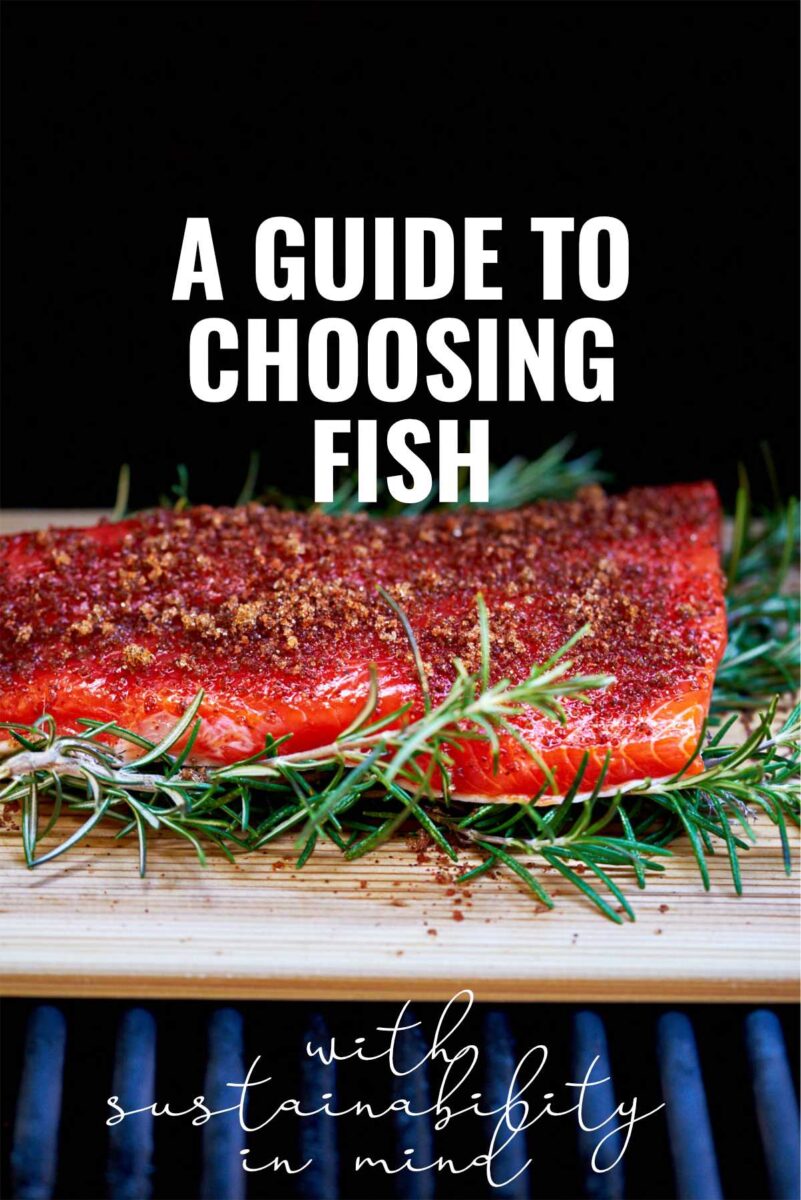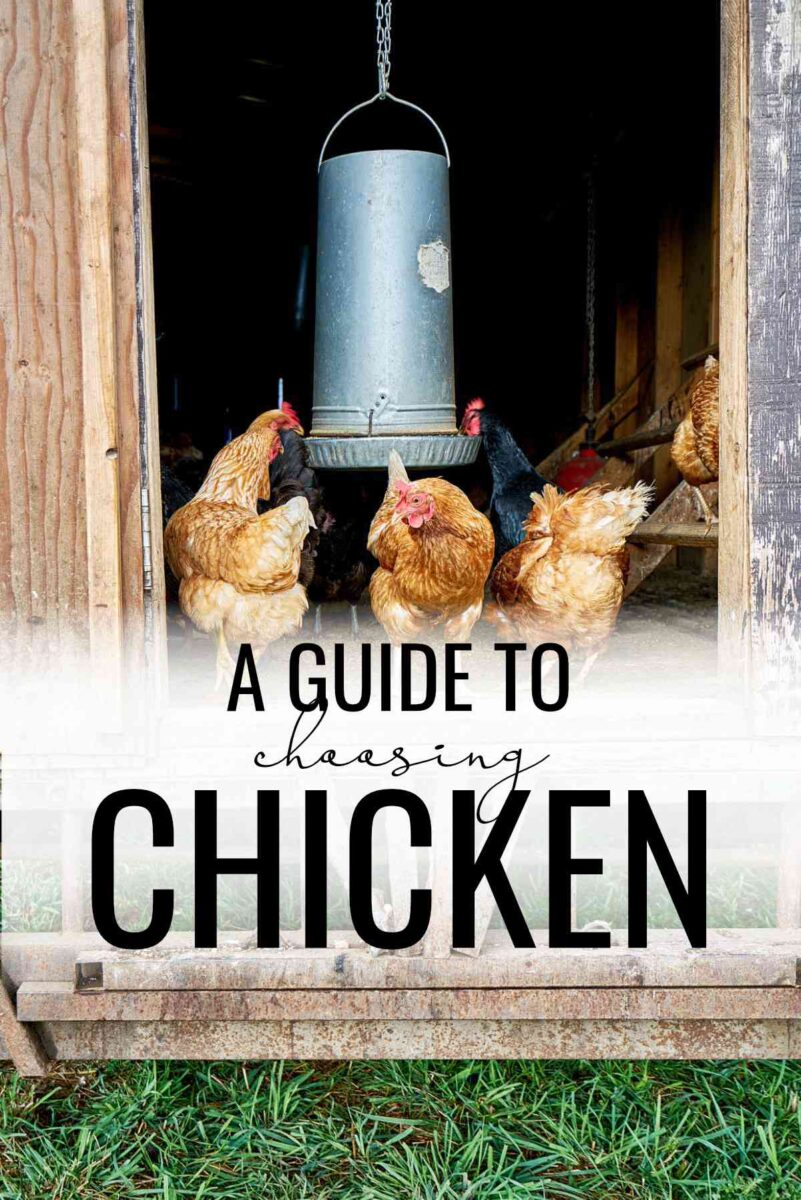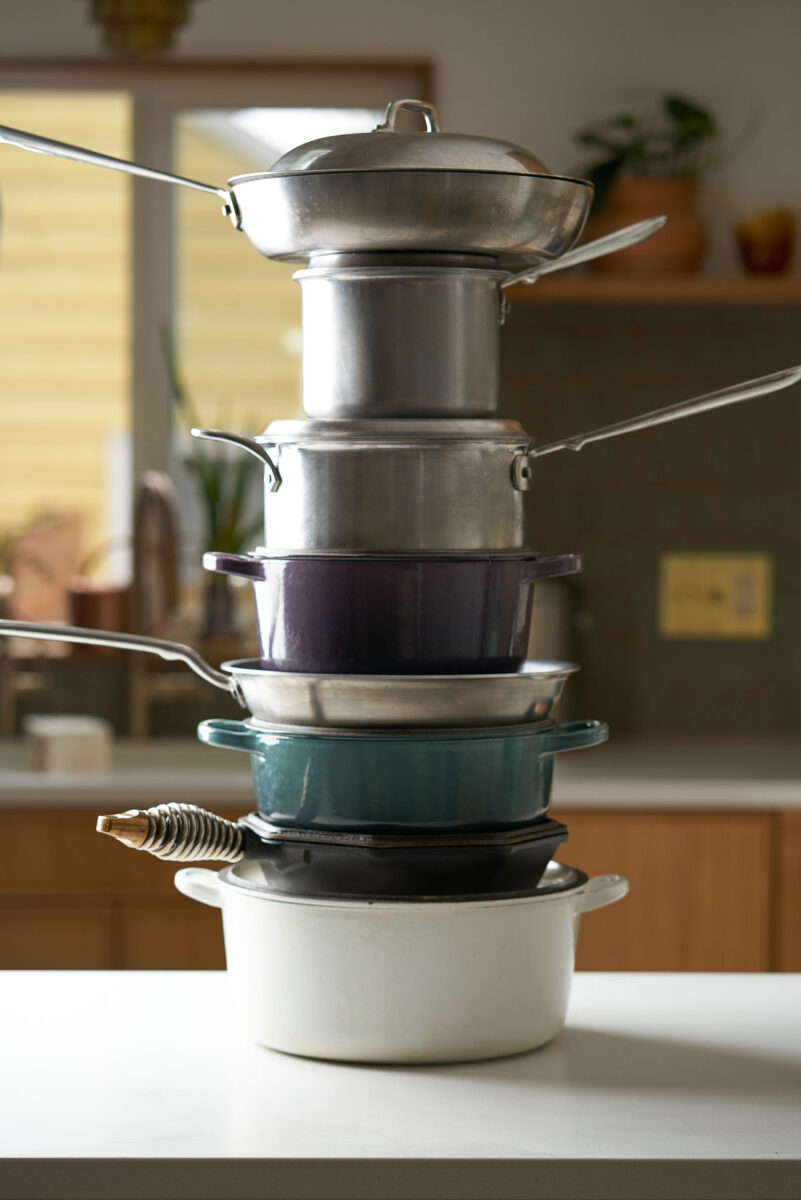When it comes to choice with food – especially meat – we don’t all have great options. There are many issues with the chicken industry that I won’t get into in this article. Instead, this article will help you to:
- Understand the types of chicken you can buy, so that you can make the best choices for you and your family.
- Understand the terms we see on packaging at the supermarket and how that may affect your choices.
- Find resources near you to source your chicken in ways other than the grocery store.
It’s important for us to know where our chicken is coming from, and to make informed decisions based on that.
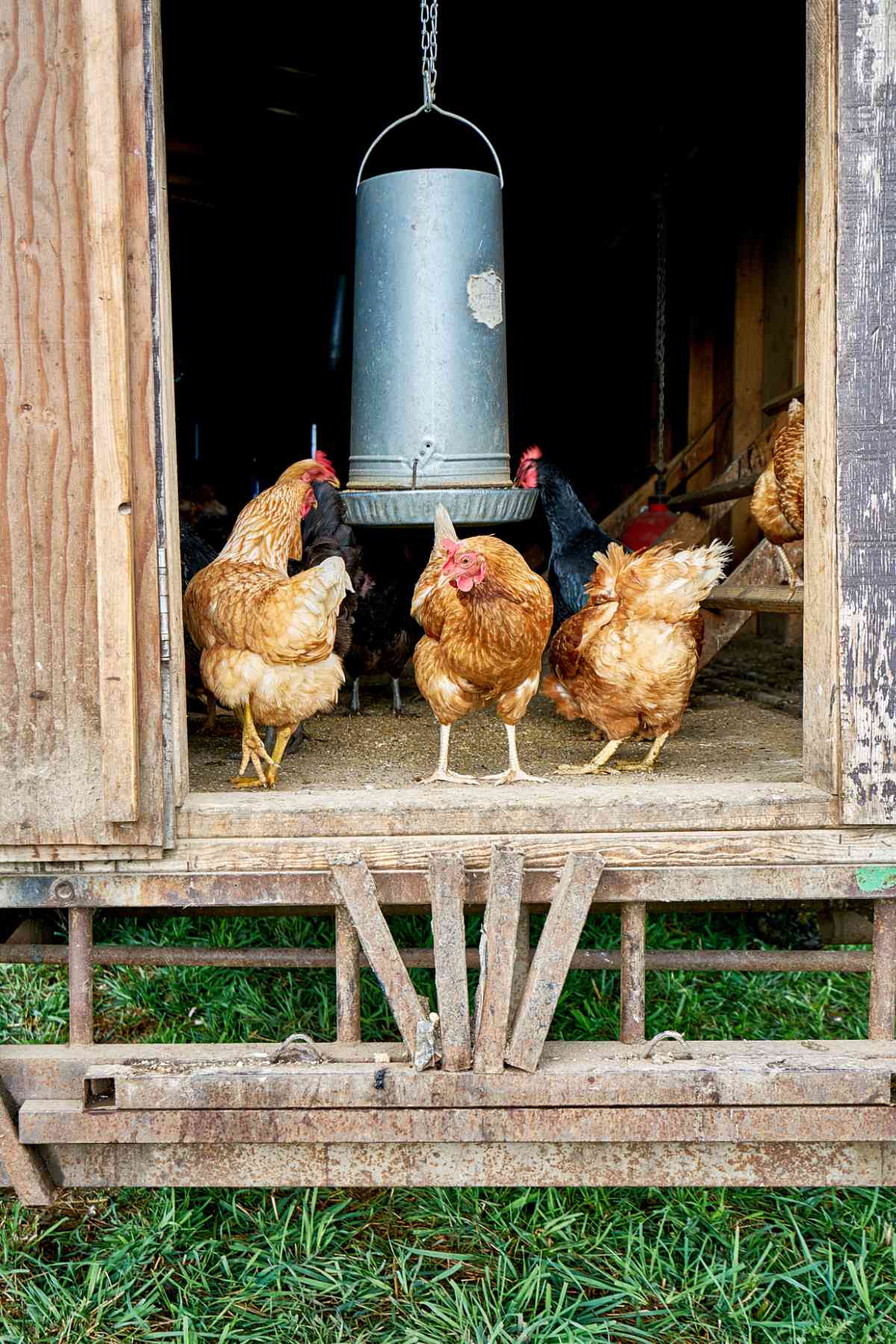
Not everyone has the means to pick the highest price-tag chicken, which is often the highest quality and most sustainable choice. I understand this, and as you read this article, please remember to choose your own adventure and make the best choice for you and your family, whatever that may be.
I do advocate for consuming chicken less often, so that when you do have chicken, it could be a higher quality choice. In my home, we eat chicken about 2 times per month and in smaller portions. If reducing your chicken consumption is an option for you, it might be something you’d like to consider.
Chicken Consumption is on the Rise
Chicken is the meat with the highest consumption in the U.S. Our chicken consumption has doubled in the last 50 years. This fascinating article by VOX talks about how having meat for every meal was not the norm in the past, and was historically seen as a luxury or reserved for special occasions.
In order to keep up with the increased demand for chicken, mass production has had to accelerate at an unnatural rate. This has led to widespread shortcuts, quality issues, and lowered standards that unfortunately have become commonplace.
Three of the Many Issues in the Chicken Industry
The majority of chicken consumed in the US is broiler chicken. Broiler chicken is a breed raised specifically for meat production. They are bred to be larger and grow more quickly to feed supply. And they are different from chickens that are raised for mass egg production.
This breeds them unnaturally fast, so they suffer many problems, including lameness as their legs cannot support their bodies, and their internal organs don’t develop properly.
I found it so difficult when I first learned about broiler chicken production standards. And that it’s common practice to cull male chicks in mass egg production. There are many elements to chicken production that are problematic: not just the chicken’s quality of life, but the quality of life of the employees, the processing system and how clean that is, and how waste is dealt with.
The plight of the workers struck me when I saw a John Oliver segment about it, specifically focusing on the terribly unsafe conditions that were exacerbated during the pandemic. It’s alarming to hear about the grim conditions faced in these huge factories and the lack of support they receive. I highly recommend you check it out.
Decoding the Language on Chicken Packaging
Three things to consider when buying chicken are: how the chicken was raised, what it ate, and how it was processed. These considerations are usually described on the packaging. The following is a summary of this great article by the Kitchn.
All-Natural – The chicken doesn’t have any artificial ingredients, like preservatives.
Organic – To be classed as organic by the USDA, chicken must have been raised and prepared without using any man-made pesticides, fertilizers, additives to the chicken feed or antibiotics given to the chicken. This classification is very strict.
Non-Organic – The chicken has some kind of hormones, antibiotics, chemical fertilizer in it’s feed, or likewise that prevents it from being classed as organic.
Free Range – This is often intrinsically tied to people’s perception that a free-range chicken was treated better or lived a better life. It conjures images of chickens roaming in fields, but in actuality it means a chicken that can go outdoors for all or only part of the day.
Non-GMO – The chicken has not been genetically modified. GMO stands for genetically modified organism.
Pasture-Raised – The chicken was raised in an environment where they had access to food from the natural environment. Naturally, chickens eat a diet of grass, insects, and seeds. It’s important to note that this term doesn’t mean this was their sole diet, as they were most likely given supplemental grain and other feed.
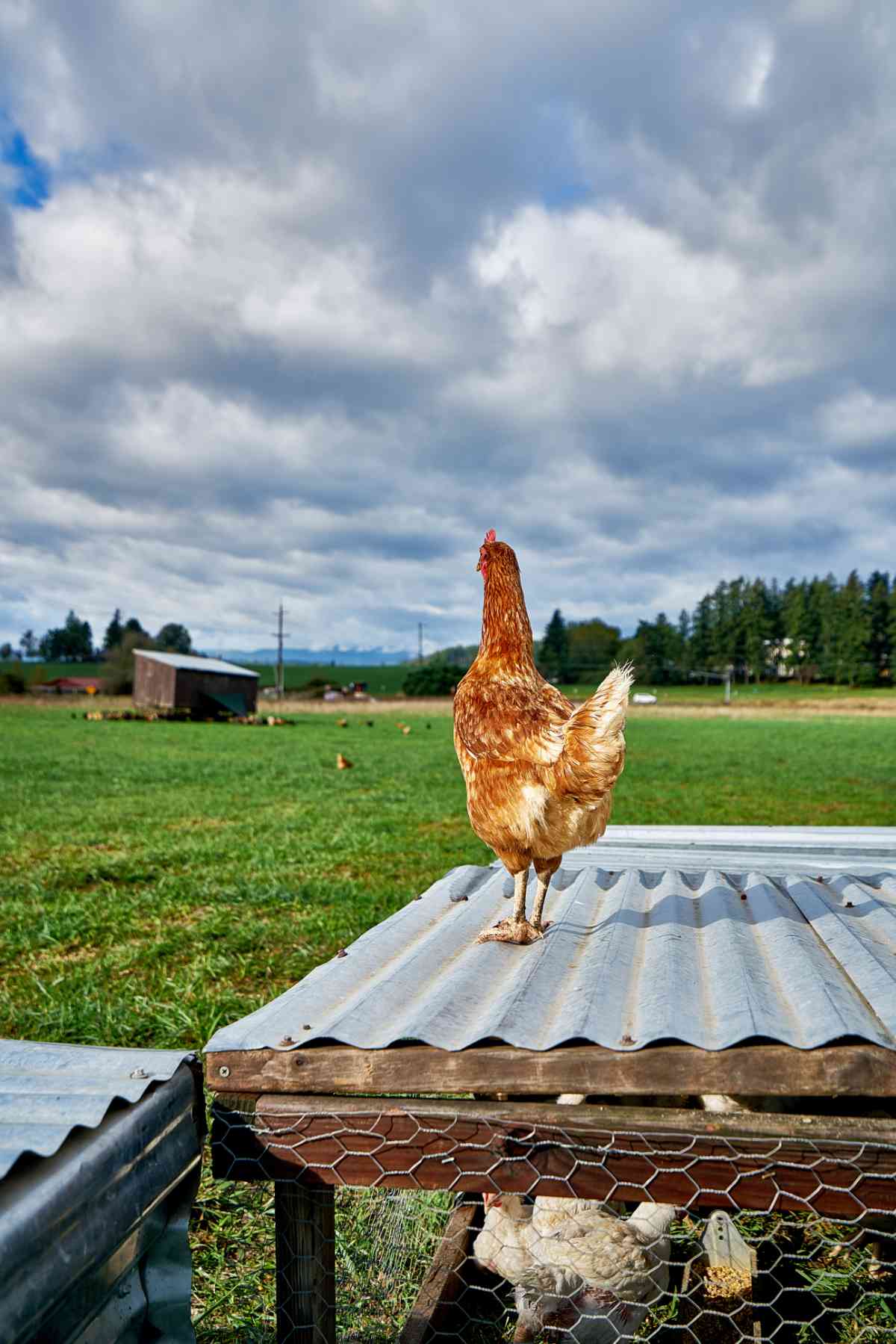
Utilize The Whole Chicken (with Recipes)
The most efficient way to get the most out of your chicken budget-wise and sustainability-wise is to buy an entire chicken and use as much of it as you can. Remember, you can cook and use almost every part of the chicken including:
- Bones for broths and stocks, soups, and stews
- Fat in place of oil and butter (aka shmaltz used in matzo ball soup)
- Insides (aka giblets)
- Leftover carcass for chicken broth
Cooking and thinking this way means you can get many more meals out of your chicken, and buy chicken less often.
Fresh vs Frozen Chicken
Frozen chicken is convenient and has a much longer shelf life than fresh, hence it’s popularity. It’s often cheaper than fresh and you can also sometimes find better quality chickens in the frozen section of the grocery store because it helps lengthen the shelf life. When buying direct from small farms, they often have a regular harvest season where they offer fresh chickens, and only offer frozen chickens the rest of the year.
Fresh and frozen chicken usually have the same nutritional value. Some frozen chickens are injected with saline solution which results in a higher salt content. Check the label for terms like “Enhanced” or “Seasoned” to see if anything has been added in the preservation process.
You can find both fresh and frozen chickens that meet the chicken criteria you are looking for. If you find a chicken brand or farm that fits your needs, you can buy in bulk and freeze them. A whole frozen chicken is good in the freezer for up to a year.
I encourage you to take that extra step to understand where your food is coming from. In the words of author Michael Pollan, “You are what you eat eats too.”
Interview with the Industry
In the interest of finding out more about the chicken industry, I interviewed Marion Acres in my local area (and where I purchase my chicken) to learn more about their process and approach to chicken farming. You can find the automated transcript of the interview here.
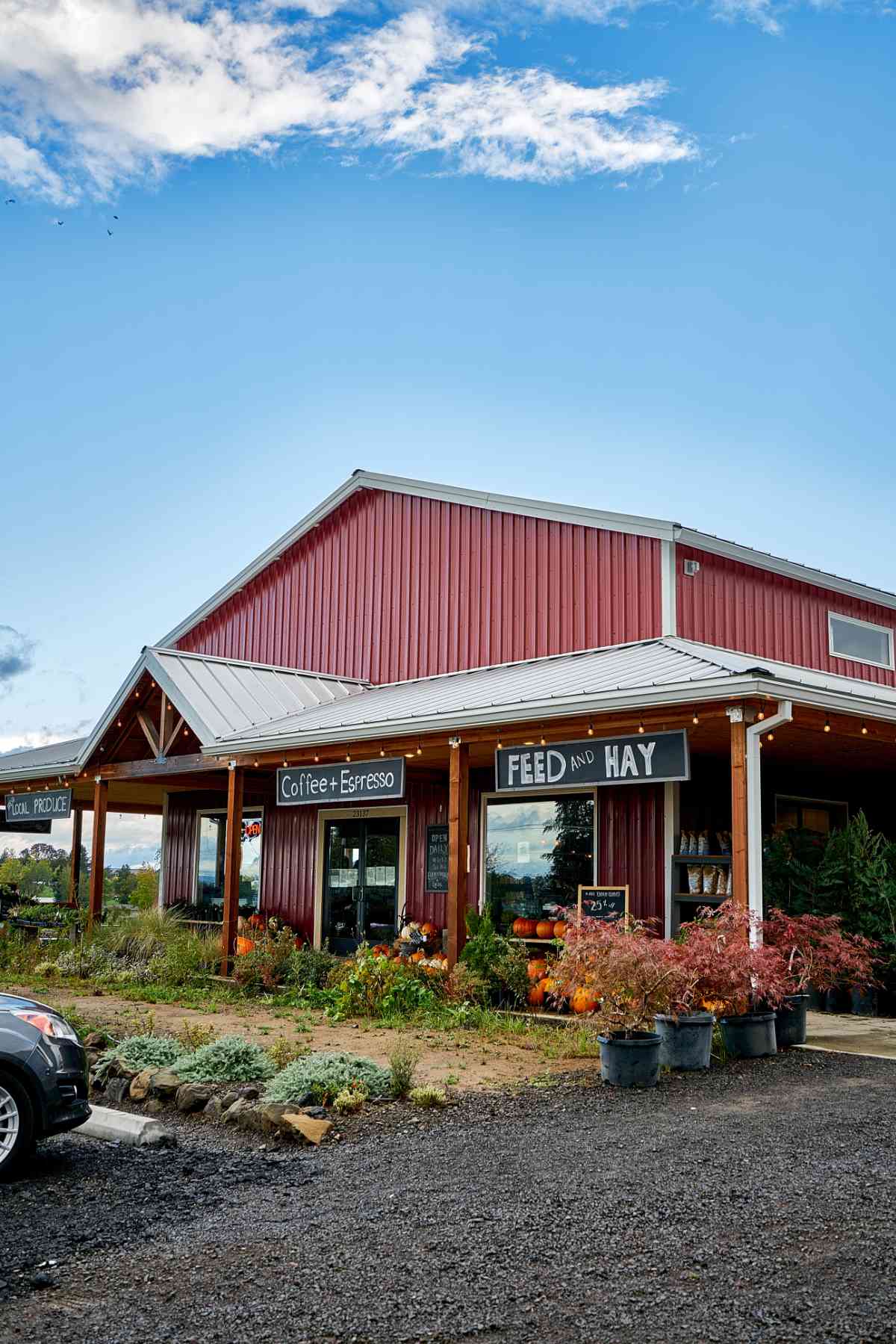
We began Marion Acres by raising chickens natural-style on pasture, eating bugs & fresh green grass daily, as nature intended. We pride ourselves on being sustainable, holistic, and different in our practices from other producers. We’re committed to sustainable wages for our employees, and to creating a better environment – we honor the land and don’t treat it as something to exploit.
We have more than three! We really love the idea that everyone buys their food from someone whose first name they know. We started small and we still operate on a much smaller scale than others out there – we’re proud of that extra care we can put into it. We offer only the very highest quality meat available on the market, and always treat our animals with respect. Our animals are moved onto a new plot of fresh, green, bug-filled, pesticide-free pasture every single day.
So many – we have many different licenses for retail, weights and scales, water source, nursery permit, meat handler’s permit… all of these are strictly regulated and subject to checks at least once a year. We have onsite inspections annually, and we do soil sampling and compost sampling every five years. We’re highly regulated, and we even work closely with the Oregon Department of Agriculture to get approvals to innovate our processes and do things like recycle our waste water, and use it efficiently for other purposes.
We’re regulated by the state, so 20,000 birds a year is the cap. But we’re not producing at that volume currently.
The myth of cheap and always-available food has permeated our culture far, far too much. There are very few types of food that are meant to be available year round. And there’s no such thing as “cheap” food, unfortunately. The bill comes due somewhere – the challenge for us is how to meet the high demand without sacrificing any of the principles that have allowed us to do what we’ve done so far. And the demand is there, as people learn more about what we do, and our demand continues to grow.
Final thoughts?
It’s really encouraging that people want our product because of how sustainable our work is, and the care and love we put into it. The temptation for all farmers is to go big, but we keep our operation small and optimize so that we’re resourceful. We won’t compromise the quality of our product to produce more.
A huge thank you to Marion Acres for letting me tour their farm and facility, and answering all of my questions!
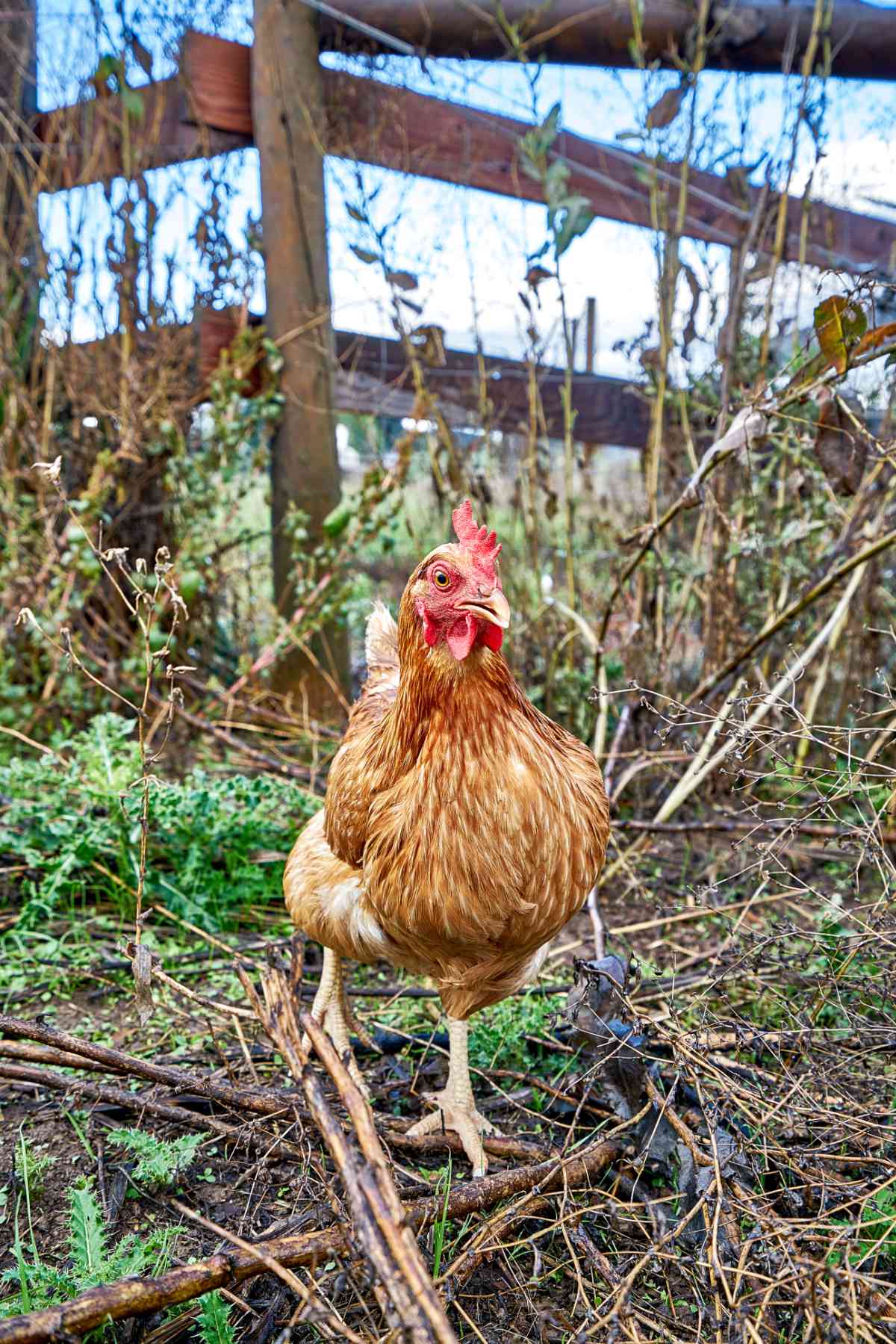
How Can We All Eat More Locally?
Note: This is an ongoing advice section that I will update regularly.
This section has resources to help you source your food more locally. In different states, and in urban centers, it can feel like there are huge barriers to this way of shopping.
You can use my guide to help you navigate the supermarket, but if you’d like to take a step further on your food journey, following are some things you can do.
Sign up for a Farm Share
A farm share, also known as Community Supported Agriculture programs (CSAs), is a program where local farmers connect with community members by allowing them to buy a share of their farm’s produce.
This supports farmers by giving them robust funds before growing season, and helps communities easily receive fresh produce regularly.
Find a local CSA program in any state at LocalHarvest.Org or at the USDA’s Agricultural Marketing site
Find a Farmers’ Market
Most city centers have regular farmers markets or farm drop off points. State governments (usually .gov web address) have an agriculture website or similar where you can find detailed information about farmers’ market locations and schedules. Farmers markets are great because you can shop fresh local produce all in one place, and it will help you shop for produce that is in season.
- Find a New York Farmers’ Market
- Find a Chicago Farmers’ Market
- Find a Seattle Farmers’ Market
- Find a Los Angeles Farmers’ Market
- Find a Denver Farmers’ Market
- Find an Austin Farmers’ Market
- Find a New Orleans Farmers’ Market
- Find a San Francisco Farmers’ Market
Source Chicken from A Farm You Can Visit in Person
Even if it’s not very often – once a month or once every two weeks – making a trip to a local farm to buy your meat and produce has so many benefits. This can help reduce your consumption of meat by reserving it only for the times you can make a trip to a farm. You can be more intentional about what you buy and the amount, and prepare a clear list in advance.
A farm may be a distance from you – there are farm shares and CSAs that could be a better option. A workaround could be to find like minded friends and organize a carpool.
- Find a local chicken farm with Get Real Chicken or Local Hens
- Find a local farm with the Eat Wild Directory
- Find a pick-your-own farm in any state with PickYourOwn.org
- Find a farm in any state with National Sustainable Agriculture Coalition
- Find a farm to visit with the NY State directory
- Buy local in New York State with NY Buy Local
- Shop at Marion Acres near Portland, OR
- Shop at Mary’s Chicken or Primal Pastures near LA/San Diego
- Shop at River Dog Farm near San Francisco, CA
- Find a farm near you in California with CA Farm Directory
- Find a local farm or orchard in Illinois with this tool from Enjoy Illinois
Plant Based Eating and Its Impact
We can make an incredible environmental impact and difference to the quality of life of chickens by reducing the immense pressure of public demand on the chicken industry.
We can address the balance by eating better quality but less often, or in smaller portions. We can use our eating habits to change the conversation, making the mass produced chicken a rarity and sustainably raised chicken the norm.
Adopting a more plant-based diet allows us to reduce our meat consumption but not eliminate it. You can make a significant impact without being restrictive with yourself and cutting things out entirely.
The mission of the One Meal a Day Movement is to encourage all of us to dedicate one plant-based meal a day. The movement emphasises the positive effects on the environment, as the amount of fresh water and carbon needed to produce animal-based foods vastly exceeds that needed to produce plant-based foods. If we could reduce carbon emissions just by eating meat less often, we can influence some amazing change in this industry.
Useful Resources to Learn More
The Kitchn, your Chicken Label Decoded
The Omnivore’s Dilemma by Michael Pollan (Affiliate Link)
Civil Eats – Big Trouble with Big Chicken
John Oliver on Meatpacking Factories
Sentient Media – Poultry Farming
Free From Harm – Chicken Facts Industry Doesn’t Want Us to Know
USDA – Chicken from Farm to Table

